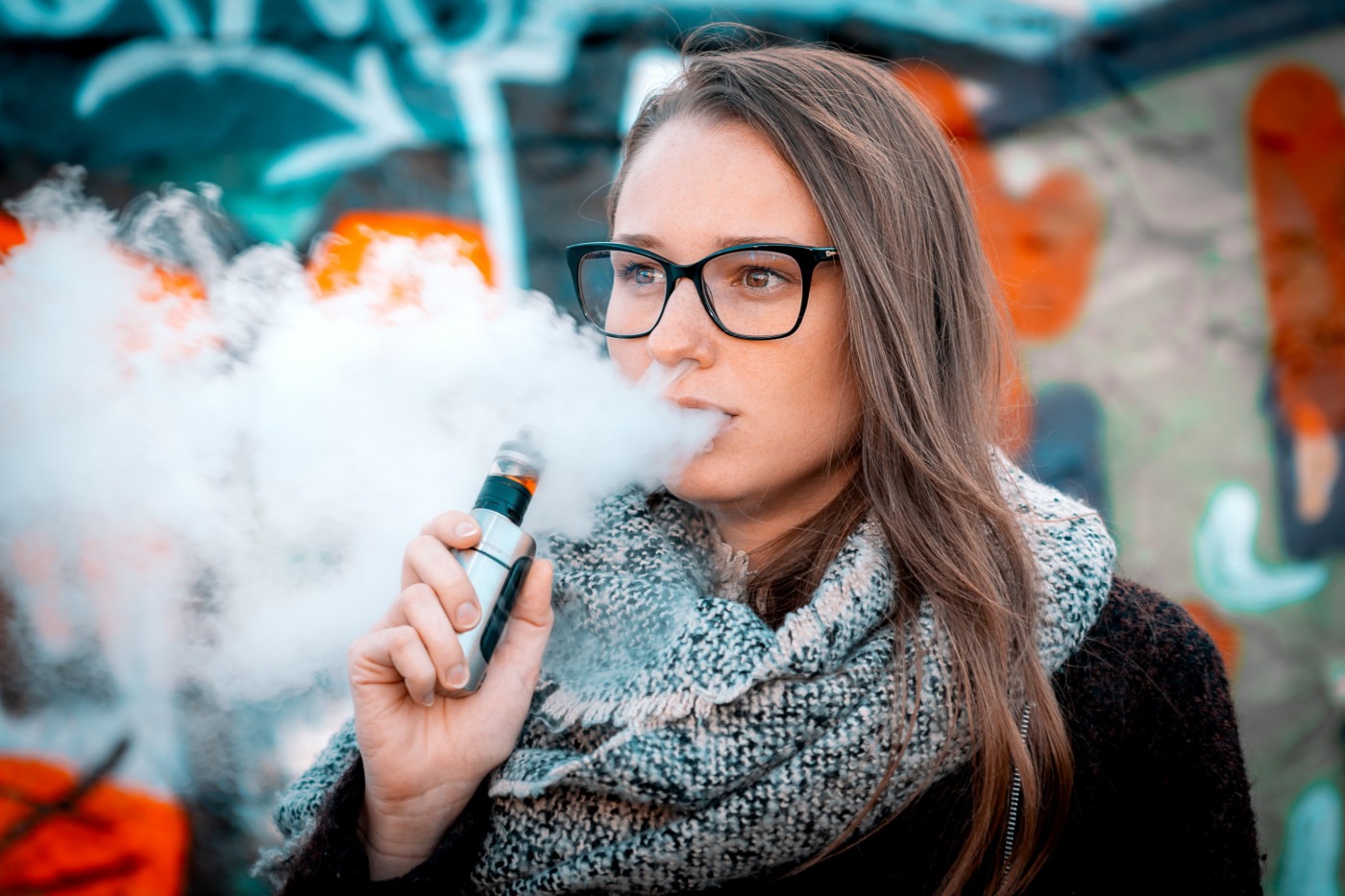Can stronger regulation solve the vaping crisis?
Vaping has emerged as a new contentious issue for its damaging health and environmental impacts.
The sale of disposable electronic cigarettes has been banned in Belgium from 1 January, with a ban on outdoor smoking in Milan coming into force on the same day.
Australia restricted the sale of all vapes to pharmacies last year, and in England it will be illegal to sell single-use vapes from June 2025. Such drastic measures are demonstrative of the destructive nature of the vaping industry. However, they pose a relatively low threat to sales, with longer-use vapes and cigarettes still being available.
More than a million vapes in the UK are thrown away every day, research suggests. All vapes containing lithium-ion batteries are dangerous if crushed or damaged, as they can cause fires in bin lorries, as well as in waste and recycling centres. These fires are on the rise across the UK, with an increase last year of 71% compared with 2022. There should be more sustainable disposable methods to reduce plastic waste.
“It should be as easy to recycle a vape as it is to buy one”
Scott Butler, Executive Director of Material Focus
For example, Scott Butler, Executive Director of Material Focus, states: “It should be as easy to recycle a vape as it is to buy one.” Butler wants more vapers demanding where they can buy vapes to also be provided with recycling points. Such accessibility would allow vapes to be disposed of more responsibly, reducing the strain that vapes place on the environment.
While the environmental impacts are worrying, the health and societal perceptions of these problems deserve significant attention as well. Due to vapes being a relatively new introduction to the market, there is unawareness around their impacts. This lack of education leads to an increase in consumption, with people believing them to be relatively healthy compared to cigarettes. Their colourful packaging and availability in a multitude of flavours further diminishes their perceived threat, with them being marketed towards children, starting a lifelong addiction to nicotine.
Cigarettes are sold behind the counter with warnings of decaying lungs on packaging, disincentivising their purchase. Yet, this simultaneously makes vapes seem like an attractive alternative. It is crucial to change the ways that the products are framed for the consumer in order to reduce demand.
We must acknowledge the inevitability of a black market emerging with a total ban on vapes
Furthermore, when regulating the market, we could therefore look toward a total ban, providing fewer pathways to consume nicotine. Considering this, we must acknowledge the inevitability of a black market emerging with a total ban on vapes. Already, due to vaping being a recent trend, there has been a black market created to supply vapes to those under 18. Illegal vapes may contain toxic materials such as lead and nickel. They often exceed legal nicotine levels and can deliver an alarming 7,000 puffs, far beyond the 600 to 1,000 puff range of legal products.
Banning addictive substances is futile, as there is always demand for solutions and ways to adapt to the ban. Regulation to the extent of banning is detrimental, as there will be reluctance to access healthcare when struggling with vaping-related health problems.
As well as this, we must look toward the threat of cigarettes, which would fill the gap in supply. An official Belgian Health Interview survey in 2018 found that 15.3% of the population aged 15 and over smoked every day, down from 25.5% in 1997. Realistically, this could be attributed to the increase in vape consumption, and with this alternative being taken away, there would be an increase in cigarette use. A recent study, which surveyed 1,000 vapers, suggests that about one in four could go back to smoking tobacco. Although vapes pose significant threats to health, cigarettes pose further risk, with the presence of tar increasing the risk of cancer. Banning disposable vapes could help reduce vape consumption, but it offers a more dangerous alternative.
Regulation in terms of partial or incomplete bans on vapes is not going to be effective. Instead, we need to follow a balanced approach, accepting and adapting to the constant demand for vapes and increasing information provided to consumers to produce informed decisions.

Comments